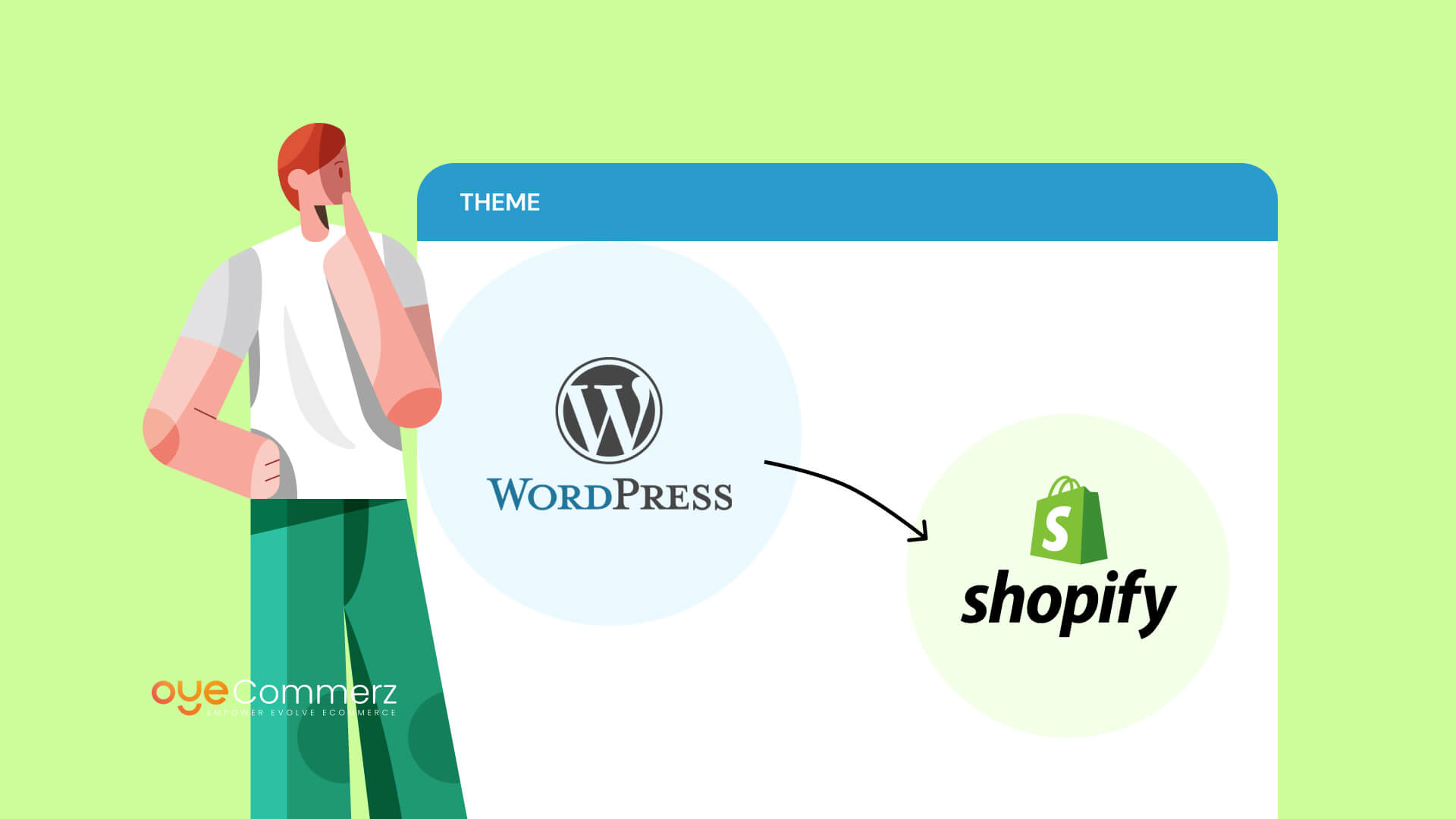The journey of an e-commerce business hinges on its ability to adapt, grow, and provide exceptional customer experiences.
Migrating from WordPress to Shopify is often driven by the need for improved performance, enhanced capabilities, and a robust foundation for growth.
This guide outlines the essential steps, strategies, and insights to ensure your migration to Shopify is successful and disruption-free.
Reasons to Transition from WordPress to Shopify
While WordPress offers versatility, its reliance on multiple plugins often creates hurdles for scaling.
Built for e-commerce, Shopify delivers unmatched security, scalability, and tools tailored to retailers.
With over 4.5 million e-commerce websites using Shopify globally in 2024, it is a dominant force in the industry.
Switching to Shopify can unlock benefits in payment integrations, mobile optimization, and order management.
Here’s your ultimate step-by-step guide to ensure a smooth transition.
Step 1: Understand Your Current E-Commerce Challenges
Analyze your e-commerce store to pinpoint areas that require improvement or growth.
Identify bottlenecks such as sluggish performance or excessive reliance on third-party tools.
For example, Shopify offers integrated features like Shopify Payments and customizable themes, reducing third-party tool dependency.
Step 2: Develop a Detailed Migration Strategy
Without proper planning, your migration might result in errors or unnecessary business interruptions.
Prepare for a seamless move by addressing essential aspects like inventory details, customer databases, and sales records.
Leverage Shopify’s in-built tools and external integrations to handle data migration securely and efficiently.
Step 3: Personalize Your Shopify Setup
Create a brand-consistent shopping experience using Shopify’s versatile customization tools.
Browse the Shopify Theme Store for templates or modify them to enhance user experience.
Premium themes like “Impulse” and “Prestige” offer advanced features and mobile-friendly designs.
Shopify Plus offers tailored theme development for businesses seeking unique designs.
Oyecommerz provides expert Shopify Plus customization services to elevate enterprise branding.
Step 4: Safeguard Your Search Engine Optimization
Maintaining your SEO Shopify store enhancements settings is crucial to keeping your website visible in search results.
With Shopify, you can redirect outdated URLs and retain search visibility.
Optimize metadata and link to Google Analytics for seamless SEO tracking on Shopify.
Failure to handle SEO settings correctly can cause a temporary loss of web traffic.
Step 5: Leverage Shopify’s App Ecosystem
Shopify’s extensive app ecosystem offers tools to enhance store functionality and optimize performance.
Integrate apps such as Klaviyo for targeted email campaigns Migration services for e-commerce or Yotpo for showcasing user reviews.
Oyecommerz offers Shopify API services to integrate advanced tools and streamline processes.
Work with Oyecommerz for custom Shopify app integrations that optimize business workflows.
Step 6: Ensure Mobile-Friendliness
With mobile commerce dominating 60% of sales in 2024, mobile readiness is critical.
Shopify’s responsive themes ensure your store looks great and functions smoothly on mobile.
Simplify the checkout process for mobile users with Shopify’s secure payment tools like Shop Pay.
With optimized navigation and fast loading times, your store can thrive in the mobile-first era.
Step 7: Prepare Your Team for Shopify
Training your team to navigate Shopify ensures they maximize its features effectively.
Familiarize your employees with Shopify’s dashboard, product management, and reporting functions.
Well-trained staff can make the most of Shopify’s features, improving overall store efficiency.
Step 8: Verify Store Readiness Pre-Launch
Test your store rigorously to ensure all systems function smoothly before launching.
Ensure that all links work, redirects are in place, and product listings are correct.
Test your payment systems and confirm the checkout process works seamlessly across platforms.
A well-tested store provides users with a flawless shopping experience from the start.
Step 9: Promote Your Migration Strategically
Capitalize on your migration by generating buzz among your existing and potential customers.
Leverage email marketing and social platforms to highlight the advantages of your upgraded store.
Showcase features like faster load times and a secure checkout to build trust and excitement.
Conclusion: Empower Your Business with Shopify
Migrating from WordPress to Shopify is more than a technical change—it’s a transformative step for your business.
From scalability to intuitive tools, Shopify equips your store to thrive in competitive markets.
For businesses of any size, Shopify offers unparalleled support for achieving e-commerce goals.
Oyecommerz, a certified Shopify Plus partner, guarantees a seamless and effective transition.
Our Shopify migration services help unlock your store’s full potential while ensuring a hassle-free experience.
Unlock the future of your business with Shopify—partner with us for a flawless migration experience.
